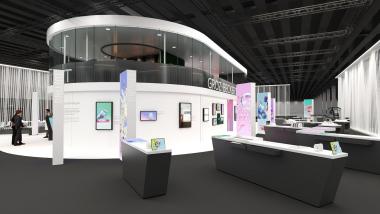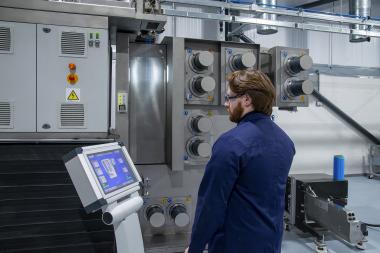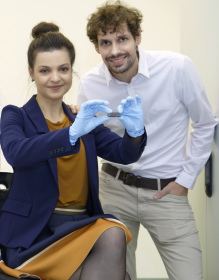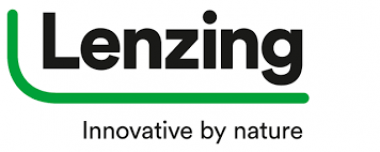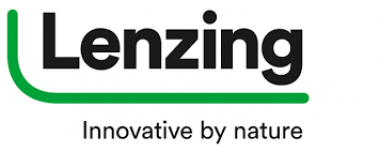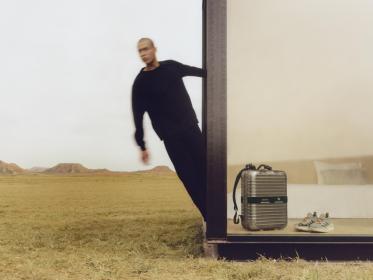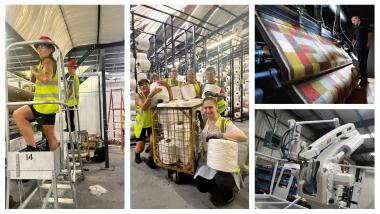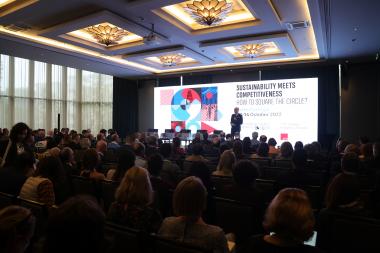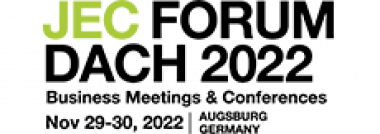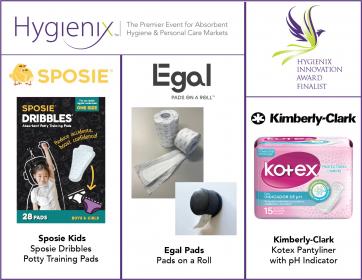Groz-Beckert presents its innovations at ITMA
Groz-Beckert will be represented at ITMA with its six product sectors and will showcase its various innovations. The presentations at the booth will be supported by augmented reality applications. This allows visitors to discover the products both live and virtually.
The Knitting product sector will be represented at the Groz-Beckert stand with its four product groups circular knitting, flat knitting, legwear and warp knitting. In the circular knitting segment, for example, two newly developed knitting systems will be on show which have been realized in collaboration with machine manufacturers. The developments focus on energy savings, extended cleaning intervals and increased process reliability.
In addition to the machines for weaving preparation, the Weaving product sector will present its recently expanded portfolio of technical weaving reeds. The new weaving reeds make it possible to supply customers who produce fabrics with high densities. The weaving reeds are used in the production of special fabrics, for example, in technical filtration, membrane technology, solar cells or touch screens.
Products and services for classic needling and hydroentanglement will be presented by the Felting (Nonwovens) product area. In the field of felting needles, visitors can look forward to two innovations: a new notch shape and the Groz-Beckert felting needle module. In the felting needle module, the needles are embedded as a module in a plastic mold for the first time. The needle modules are characterized by high deformation resistance and offer new dimensions in needle density.
For the production of tufted floor coverings such as carpets, bath mats or artificial turf, the Tufting product sector will be presenting its proven Gauge Part system.
Various new and further developments will also be shown by the Carding product area. For those interested in the nonwovens industry, for example, the world's finest Interlocking wire for reduced risk of crashis included. For customers of the spinning industry, the division will be presenting further developed stationary flats and revolving tops. The new revolving tops have been adapted to the processing of fine yarns, while the stationary flats have been provided with a new, resistant aluminum profile.
The Sewing product sector is focusing on the presentation of its special application needles, SANTM. The sewing machine needles of the SANTM series have been specially developed for demanding sewing operations – e.g. for sewing technical or finest textiles. The division will also be presenting its new Needle Finder. The Needle Finder is an interactive tool in the online customer portal that helps customers select the right needle.


